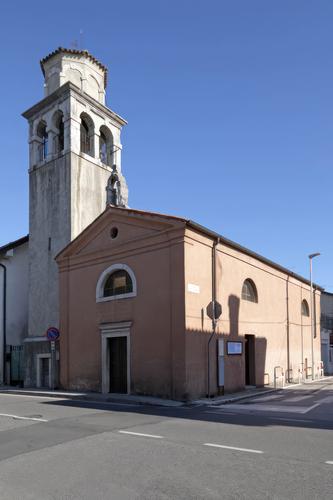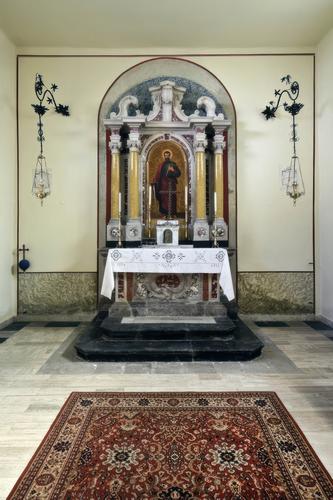The church’s origin dates back to the private chapel owned by the de Pini or Pin family in the hamlet of the same name, probably of medieval origin. The building was enlarged with the change from a private to public worship area during the 18th century. It was reduced to a barn during the Napoleonic era and later reopened for worship.
The simple rectangular hall has a trapdoor on the floor leading to the crypt. The clergy, elevated concerning the hall and square in shape, houses the marble altar with the altarpiece of St Paul, at the sides of which two crosses appear. Only a few ruins can be seen today of the old local church (located in the hamlet of San Polo). Damaged during the First World War, it was not restored, and the bell tower, made from the stones of the old Ronchi bridge, was rebuilt and relocated next to the present church.
The simple rectangular hall has a trapdoor on the floor leading to the crypt. The clergy, elevated concerning the hall and square in shape, houses the marble altar with the altarpiece of St Paul, at the sides of which two crosses appear. Only a few ruins can be seen today of the old local church (located in the hamlet of San Polo). Damaged during the First World War, it was not restored, and the bell tower, made from the stones of the old Ronchi bridge, was rebuilt and relocated next to the present church.
Image gallery
The other points of interest in the same itinerary
-
Via Sant’Ambrogio
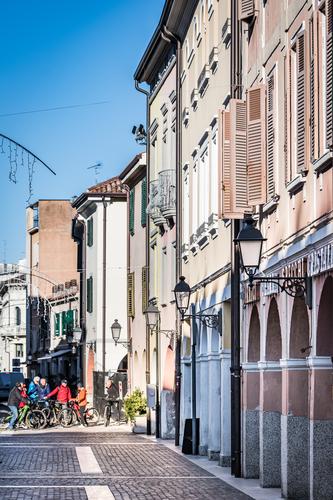
-
The Duomo di Sant’Ambrogio
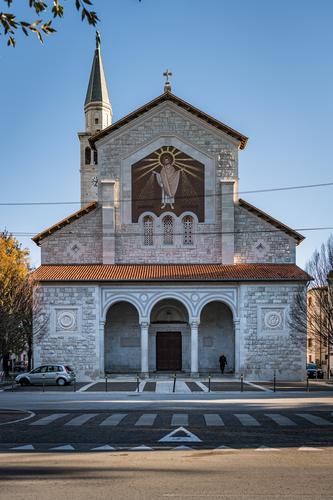
-
War Memorial
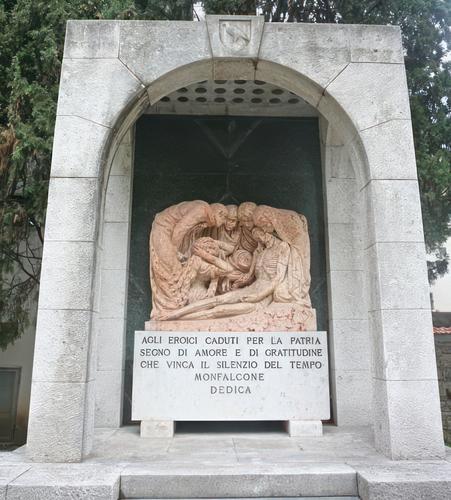
-
San Marco fountain
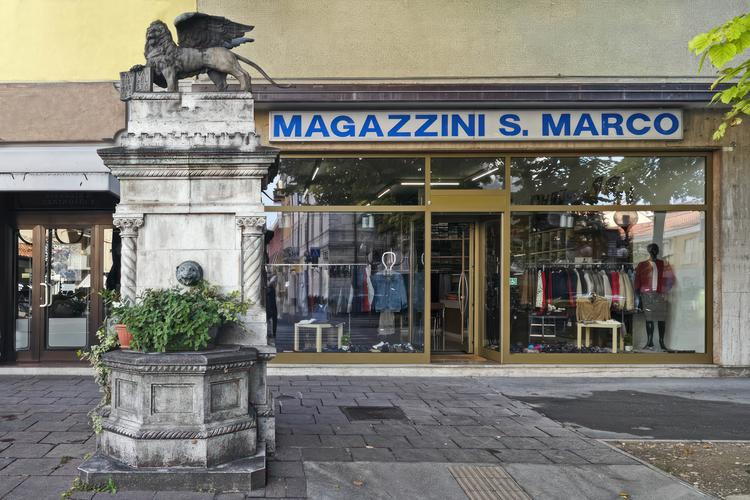
-
Palazzetto Veneto

-
Teatro Comunale
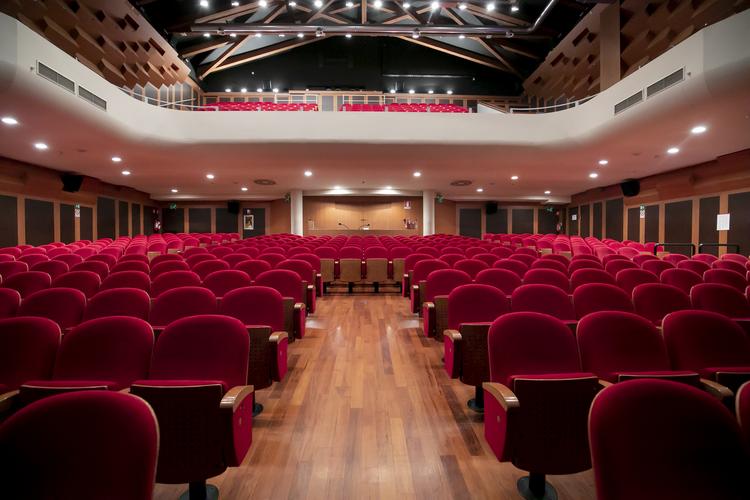
-
Piazza Falcone e Borsellino
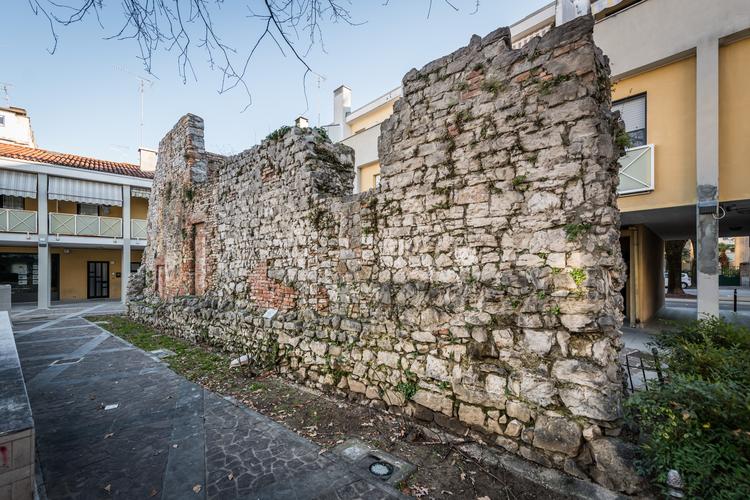
-
The gardens of Piazza Unità

-
‘Antiche Mura’ Gallery
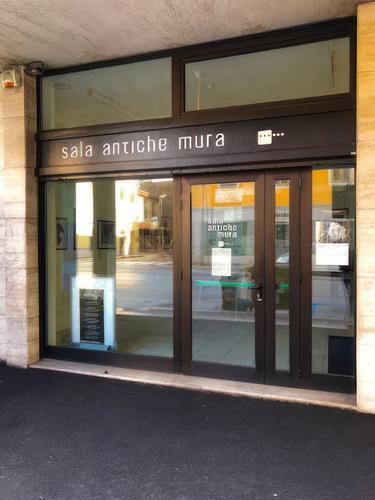
-
Municipal Library and Historical Archive
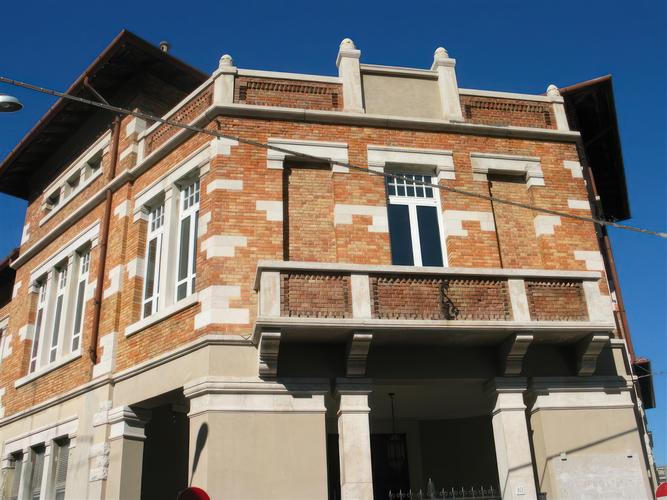
-
Piazza della Repubblica
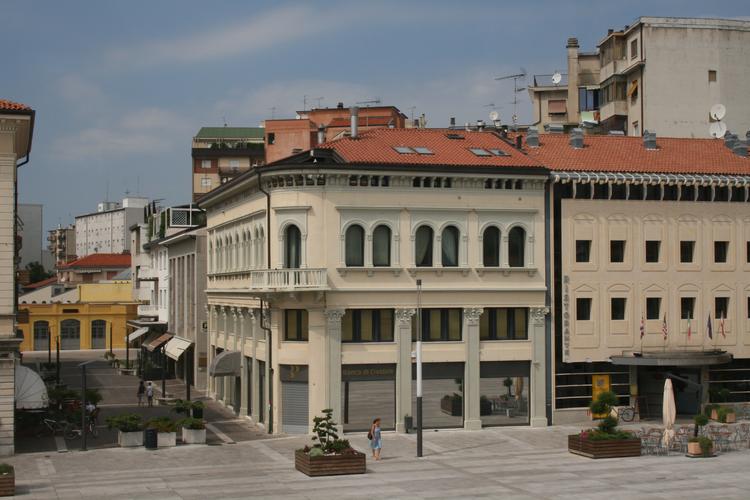
-
Historical buildings on Piazza della Repubblica

-
Galleria Comunale d’Arte Contemporanea

-
Chiesa del Rosario
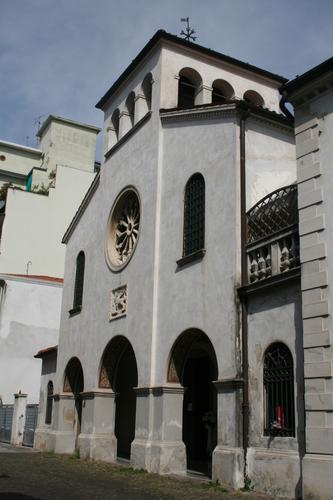
-
The Town Hall
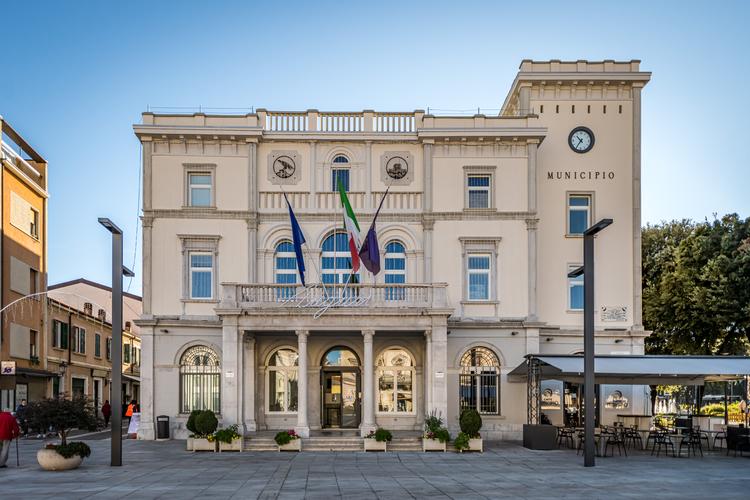
-
Medieval Museum
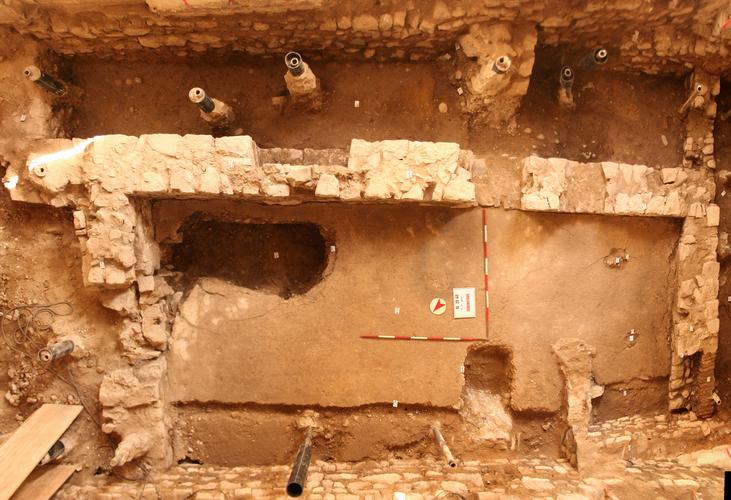
-
The Monument to Gabriele D’Annunzio
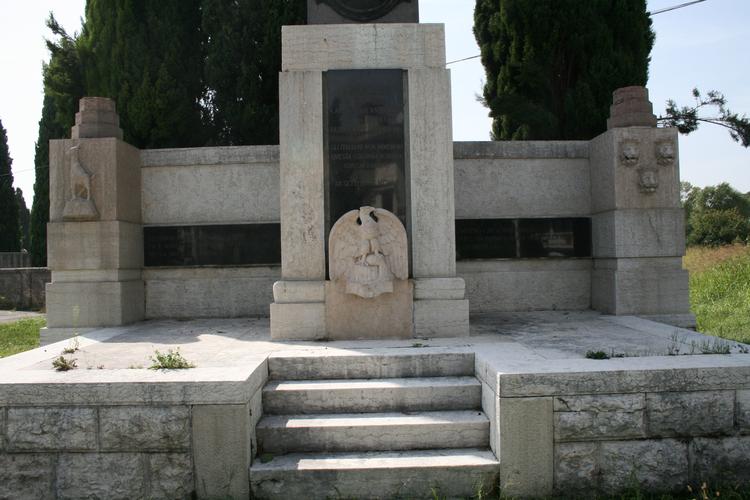
-
The Church of San Nicolò
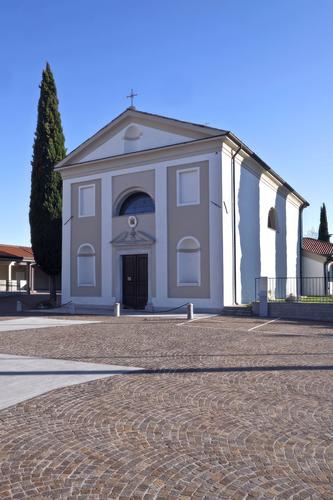
-
La Poma
